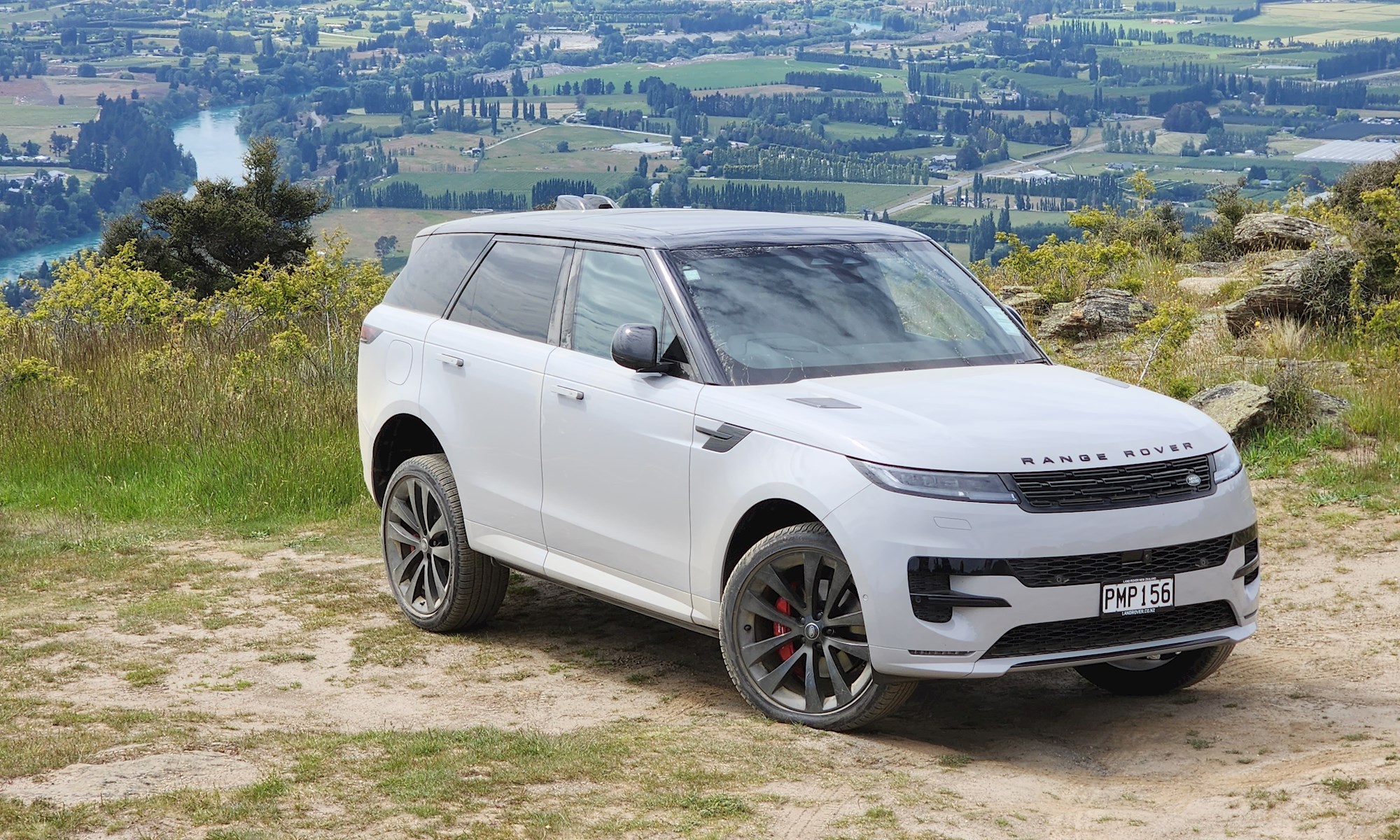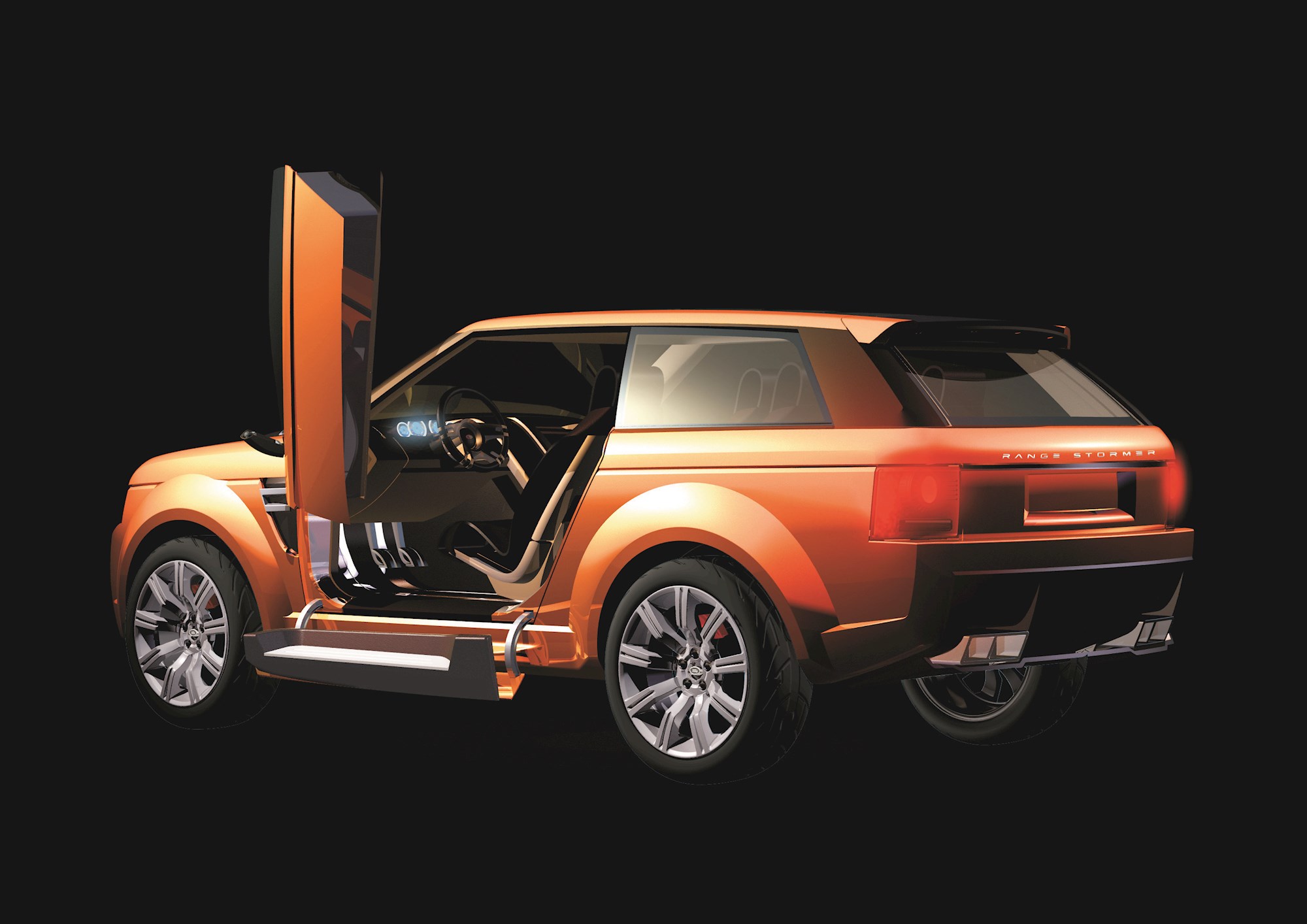The Range Rover Sport is a big deal for Land Rover. And, by that, we mean a smaller big deal.
It’s a big deal in that it is a big seller for the marque, but it is also a bit smaller than the full-size Range Rover, even though it uses the same platform and powertrains as its bigger sibling.
Confused? Just don’t worry about it – it all works in the end, with the small Evoque opening the range, the Jaguar F-Pace-based Velar overlapping that and the larger Sport, with the full-fat Rangie rounding out the top of the price ladder.
Sure, there are also the Land Rover Discovery Sport, Discovery and Defender muscling in there, but they aren’t Range Rovers. At least not in name.
David Linklater recently drove the new Sport in Queenstown and in this week’s Zooming with DRIVEN he tells us about his first taste of the new sporty Range Rover.
You can hear what he has to say in the video above, or watch the entire episode of Zooming with DRIVEN by clicking here.
But just how did the Sport make its way into Land Rover’s convoluted, but undeniable excellent line up?
The Sport began its life in the way many cars do – as a concept car for a motor show, in this case the 2004 North American International Auto Show in Detroit. Called the “Range Stormer” the concept was a low-slung, short-wheelbase three-door version of the Range Rover, with some awesome scissor doors and packing the 5.0-litre supercharged Jaguar Land Rover V8.
The concept debuted the all-new platform that would underpin all Range Rovers going forward, while it also heralded Land Rover’s “Terrain Response” technology.
Inspired by the Range Stormer, Land Rover released the Range Rover Sport in 2005, but a lot of the more radical aspects of the concept car had been dropped. As everyone expected, the hugely impractical scissor doors didn’t make it onto the production model, but many were surprised by the addition of two rear doors to the Sport. But, again, this makes sense, as high-end performance three-door SUVs are very much a niche, within a niche. Probably within another niche as well...
It was powered by JLR’s full range of diesel and petrol V6 and V8 engines, including the awesome supercharged 5.0-litre V8 from the concept.
The second-generation model was launched in 2013, and got sportier with a more aggressively raked roofline to emphasis the difference between it and the full-size Range Rover and, while it continued to be powered by JLR’s full range of diesel and petrol V8s and sixes, it was the first to get a 2.0-litre four-cylinder petrol plug-in hybrid version later in its production run.
Now the new 2022 version has gone even sleeker and sportier, with Range Rover’s signature new “reductive” design language and an even more sporty shape.
You can read David’s full First Drive of the new Range Rover Sport here.








